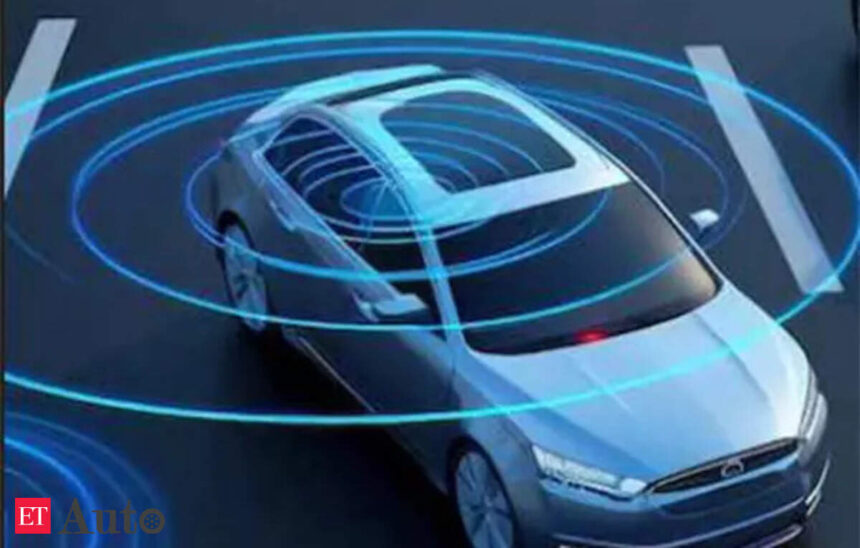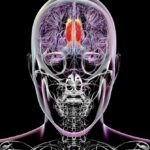One of the main attractions of the report is a sharp increase in adoption of an advanced driver-aid system (ADAS).
The automobile industry is going for a major change by 2030, according to the recent report of Niti Aayog, inspired by the increasing demand for security facilities, electric vehicles and smart technologies. The report stated that these features, which help drivers to be safe on the road, were present in 42 percent of the new vehicles sold in 2020. However, their presence is expected to grow rapidly and touch 90 percent of the new vehicle sales by 2030. “Advanced Driver-Assistance System (ADAS) is estimated to grow from 2020 to 90% to 42% sales.”
Another major tendency mentioned by the report is the rise of autonomous or self-driving technologies. In 2020, less than 1 percent of vehicles had such characteristics, but the report states that more than 30 percent of vehicles could be equipped with some levels of autonomous driving capacity by 2030.
This sensor will increase the demand for high-technical components such as Artificial Intelligence (AI) and powerful computing systems.
Software is also ready to play a huge role in vehicles. Currently, the software is about 2 percent of the total value of a car. This part is expected to double by 2030 and reach 4-5 percent.
As vehicles become more connected and are able to get updates, the market for automotive software is estimated to increase to USD 80 billion.
The report also states how electric vehicles (EVs) are changing the structure of vehicle construction. EV-specific parts-as electric motors, lithium-ion batteries, and upgraded electronics-one electric car are expected to form about half of the price.
This means that manufacturers should focus on innovation and increase production to remain competitive.
NITI Aayog said, “The automobile industry stands for a lot of benefits in electric cars (EVS), as EV-specific parts are predicted to pay attention to about half of the overall value of the vehicle.”
It stressed that cooperation with technology firms would be important in shaping the future of dynamics. The automakers that quickly suit these changes-will be best deployed to flourish in the next phase of the Motor vehicle revolution by embracing software, automation, and electrification.






